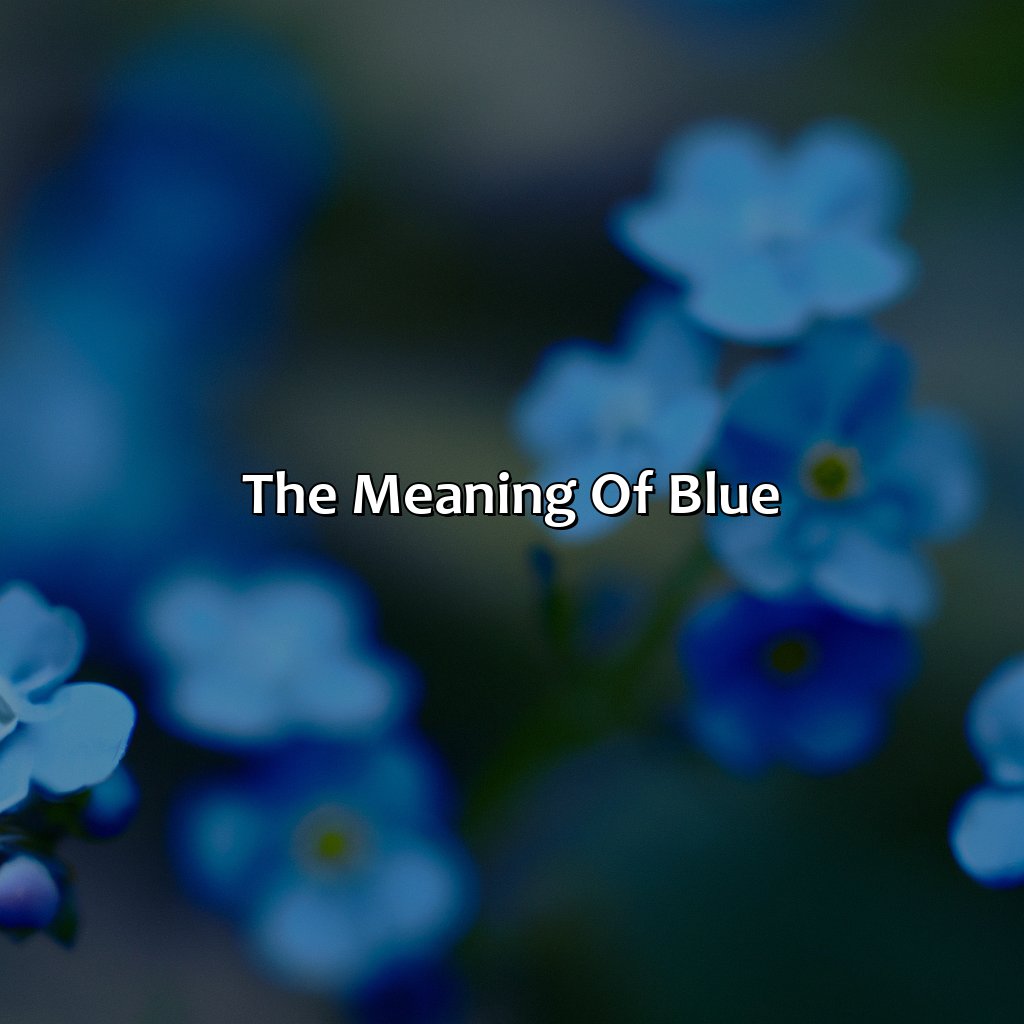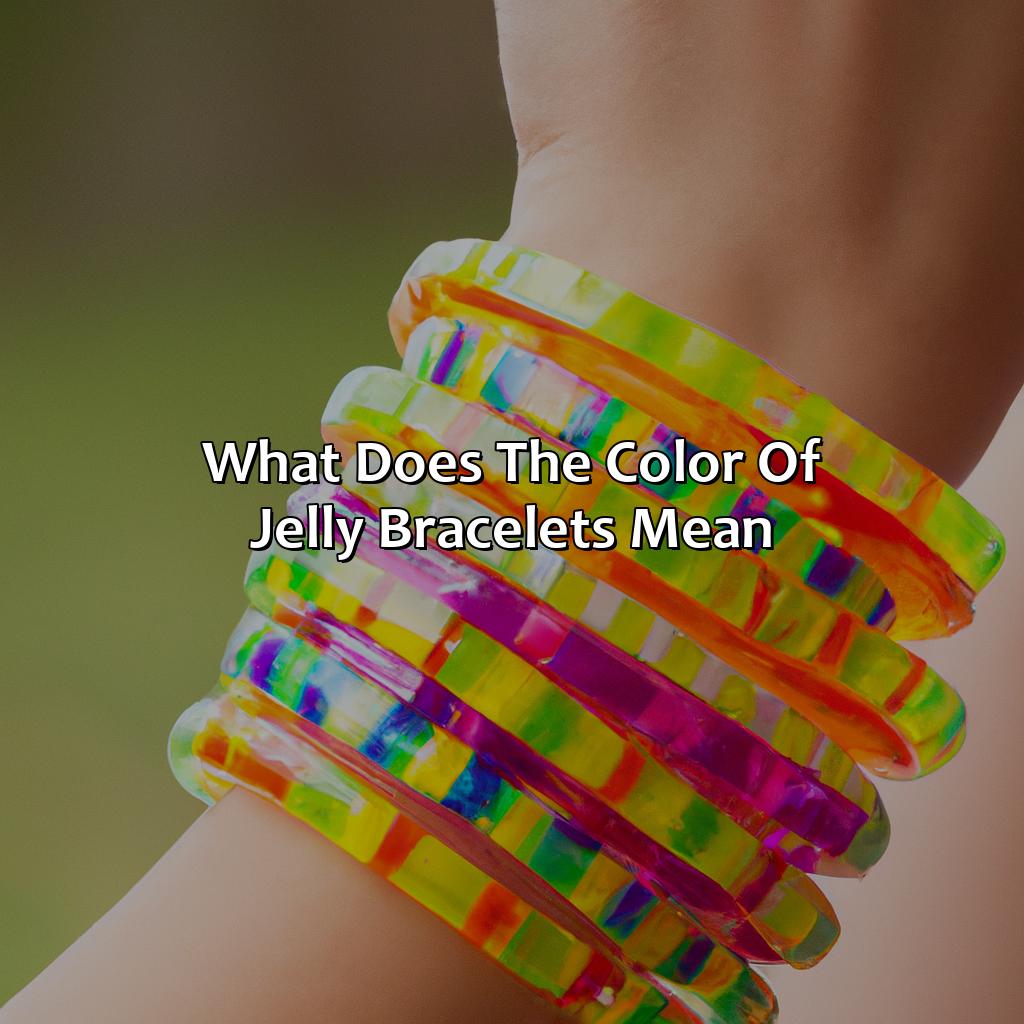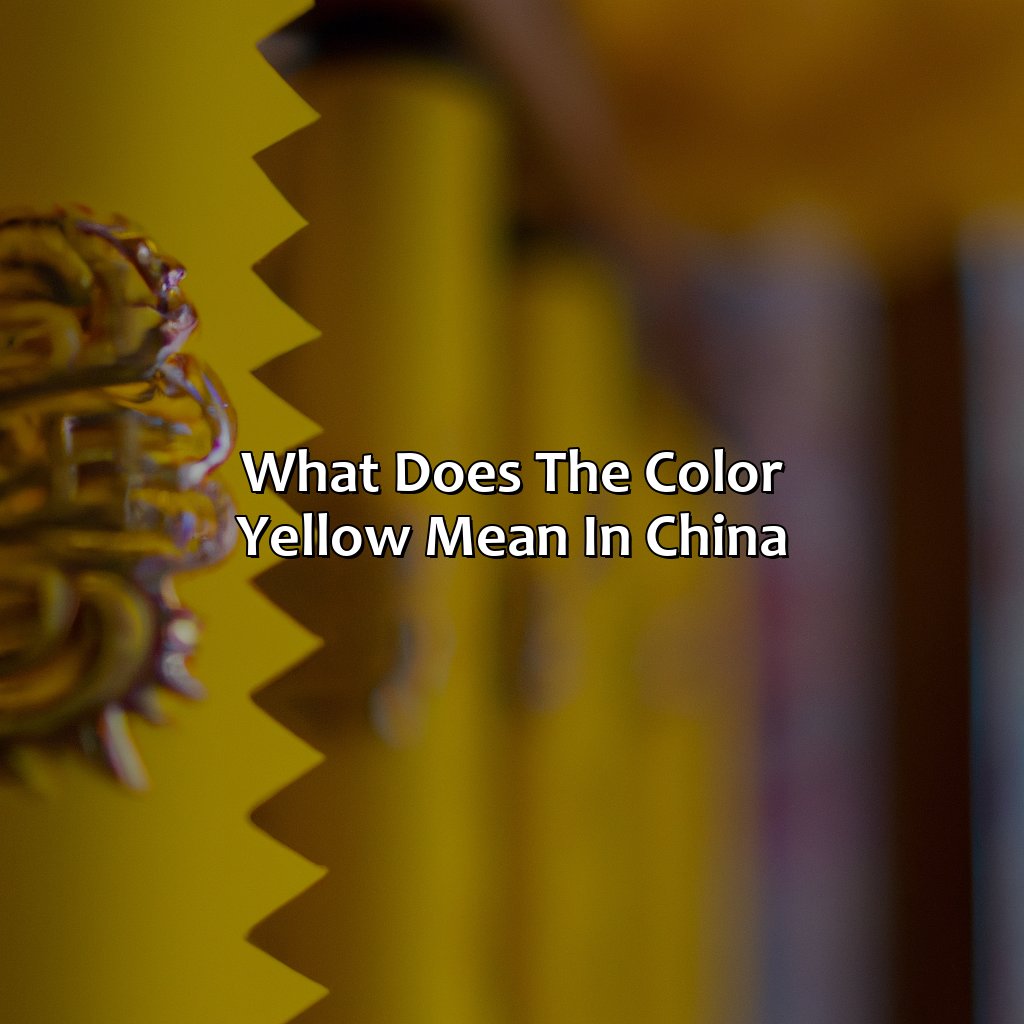Key Takeaway:
- Blue symbolizes calmness and tranquility: Blue is associated with feelings of calmness and serenity, making it a popular choice for bedrooms and meditation spaces. It is also used in color therapy to promote relaxation and reduce stress.
- Blue has diverse cultural associations: Blue has historical significance in culture, mythology, and religion. It is often associated with themes of sadness, mourning, and water, and is frequently used in artistic expressions of nature and the sea.
- Blue is a versatile color in commercial use: Blue is a popular choice for branding and advertising due to its associations with trust, reliability, and professionalism. Different shades of blue have unique meanings and significance, such as royal blue symbolizing power and authority, and baby blue symbolizing innocence and purity.
The Meaning of Blue

Photo Credits: colorscombo.com by Eugene Thomas
To comprehend the profundity and symbolism of the color blue, explore this section: “The Meaning of Blue”. Uncover the psychological and spiritual significance of different blues, such as midnight blue and ocean blue. In this section, examine the historical importance of blue in mythology, religion, and culture. Moreover, discover the various associations of blue across the world. For instance, the symbolism of blue butterflies, blue birds, blue whales, blue lotuses, and blue lilies.
Historical Significance of Blue
Blue has a rich historical significance, dating back to ancient times where it was known as one of the primary colors. In culture, blue represents divinity and holiness as well as kingship and power. Blue was a color of the gods in mythology and religion such as the Hindu god Vishnu, Greek goddess Athena, and Christian Madonna. The Egyptians used blue pigments in their murals depicting deities and afterlife scenes.
The use of blue also had practical applications in history. Ancient civilizations such as the Chinese and Greeks used indigo dye for fabrics while the Egyptians created a permanent blue pigment by grinding lapis lazuli stones. During the Renaissance period, ultramarine blue became an expensive pigment only affordable to wealthy patrons.
In addition to its cultural importance, blue has also played a significant role in scientific discoveries. Blue light has been studied for its effects on human circadian rhythms and sleep patterns.
Blue is the universal language of serenity, whether you’re dreaming of a blue butterfly or just feeling blue like a lonely blue whale.
Cultural Associations of Blue
Blue carries significant cultural associations worldwide. It has been linked to divine and religious domains, representing heaven, truth, and faith. Blue symbolism around the world includes Japanese tradition where blue shade indicates immortality and Chinese culture where it symbolizes healing. Moreover, in dreams, blue is an antecedent of protection and serenity, inducing tranquility to the subconscious mind.
The blue butterfly meaning indicates new beginnings while the blue bird symbolism refers to happiness and hope. Additionally, in Nordic cultures, blue whale symbolism refers to intelligence and consideration; on the contrary, ancient Greeks associated bluefish symbolism with evil. Furthermore, the Blue lotus symbolism represents knowledge and wisdom while the blue rose meaning describes impossibility or supernaturalism; however, Victorian culture came up with a unique connotation of true love. Lastly, the blue lily meaning connects sincerity along with its exotic beauty.
According to psychological researches and studies of different cultures globally, these interpretations affect human emotions positively apart from a few negative connotations like sadness as per color theory principles. As Jim Longacre explained “The color of heaven” in the context of United States currency’s reverse side pennies make money shot off when tossed in a fountain or well for luckfulness’ sake.
Feeling blue? Try surrounding yourself with calming shades of blue for a little color therapy and heal your spirit.
Psychological Effects of Blue

Photo Credits: colorscombo.com by Elijah Flores
Gain insight into the psychological impact of blue, the calming hue. Check out the “Psychological Effects of Blue” section in the article, “What Does the Color Blue Mean?” It analyses the various ways blue can influence mood and well-being. Check out the sub-sections “Blue as a Calming Color” and “Blue as a Depressing Color” for more info on this topic!
Blue as a Calming Color
The color blue has been associated with calmness and serenity across cultures. Blue as a calming color has been used in design and therapy for emotional regulation. Lighter shades create a sense of tranquility, while deeper hues can induce a meditative state. Blue is also considered to be one of the most popular colors in interior design due to its cooling effect. The calming effect of blue is not only limited to the visual senses but can also be felt through other senses such as smell or sound.
Incorporating blue as a calming color in aromatherapy involves using natural scents of lavender or chamomile that have soothing effects on the mind and body. Blue light therapy has been used to alleviate symptoms of depression and seasonal affective disorder (SAD). The use of music, specifically sounds like waves crashing against the shore, can evoke feelings of calm when paired with blue lighting.
Blue’s soothing properties have not gone unnoticed throughout history. Ancient Egyptians believed blue could ward off evil spirits. In Greek mythology, blue was associated with serenity and intellect – the sky being seen as higher knowledge.
Overall, blue’s association with peace and relaxation makes it one of the most versatile colors in design and wellness applications. Incorporating blue into our daily lives has numerous benefits that promote well-being and mental health. Feeling blue? It’s not just a saying, as the psychological effects of the color can lead to a real case of the blues.
Blue as a Depressing Color
Blue as a color has long been associated with feelings of sadness and depression. There are many factors that contribute to this association, including the fact that blue is often used to represent sadness and melancholy in literature and art. Additionally, studies have shown that exposure to certain shades of blue can actually decrease serotonin levels in the brain, leading to feelings of sadness and even depression.
In addition to its association with feelings of sadness, blue is also linked to feelings of loneliness and isolation. This may be because blue is often associated with coolness and distance, which can make people feel emotionally detached or disconnected from others.
Pro Tip: If you’re feeling down, try surrounding yourself with warm colors like yellow or orange instead of cooler colors like blue. These colors have been shown to boost mood and promote feelings of happiness and optimism.
Blue in nature, art, and literature – the color that’s both serene like the sky and valuable like sapphire.
Symbolism of Blue in Nature, Art, and Literature

Photo Credits: colorscombo.com by Jeffrey Hill
Glimpse the importance of blue and its symbolism in nature, art, and literature. Nature’s blue reminds us of the vast sky and tranquil sea. Art and design link blue to depth and stability. In literature, blue signifies grief and emotions. Discover the meanings of blue in these subsections:
- Blue in Nature
- Blue in Art and Design
- Blue in Literature and Symbolism
Blue in Nature
Blue is a ubiquitous color found in various aspects of nature. From the blue sky to the deep blue sea, this color can evoke serene emotions and remind us of the vastness and beauty of nature. Blue in nature often represents calmness, purity, and clarity. It also symbolizes trust, loyalty, and stability.
The blue morpho butterfly, for example, features iridescent blue wings that help it camouflage from predators or attract potential mates. Similarly, certain flowers such as delphiniums, hydrangeas, and forget-me-nots exhibit shades of blue that convey a soothing aura while also representing freshness and purity.
Blue-colored birds like blue jays or kingfishers are symbolic of peace and tranquility while azure colored oceans present a peaceful atmosphere.
Pro Tip: Incorporating elements of blue into home-decor can create a peaceful ambiance while adding lively plants that feature different shades of blue can make any garden pop with color.
Blue in art and design: where even Picasso couldn’t resist a bit of blue period.
Blue in Art and Design
Artists and designers have used the color blue for centuries to evoke certain emotions and convey specific meanings. Blue in art and design is often associated with feelings of calmness, serenity, and trustworthiness. It has been used throughout history in many different ways, from religious iconography to modern graphic design.
In Renaissance art, blue was a highly sought-after pigment due to its rarity and expense. It was often used for the clothing of the Virgin Mary in Christian paintings, symbolizing her purity and divinity. In contemporary artwork, blue is often perceived as strong yet calming. Its versatility has allowed it to find its place in various mediums, including painting, sculpture, textile design, digital art etc.
Blue is also widely used in commercial design as it can be seen as professional and trustworthy. Many global brands like IBM or Dell incorporate blue into their branding since it can have a calming effect on customers while also conveying feelings of stability and reliability.
Unique details about the use of blue in art include how Vincent van Gogh’s use of ultramarine blue gave his paintings an ethereal quality, while Yves Klein famously patented his own shade of blue called International Klein Blue for his artwork.
The ancient Egyptians were one of the first cultures to have created synthetic pigments using lapis lazuli stones which gave them access to a beautiful blue color they had ever seen before. In fact – King Tutankhamen’s famous burial mask contains cobalt-blue glass set into gold.
From Shakespeare’s melancholic characters to the blue-skinned gods of Hindu mythology, blue is the color of introspection and otherworldly mystery.
Blue in Literature and Symbolism
Blue’s significance in literature and symbolism has been reflected in multiple ways across the globe. Blue is often associated with calmness, melancholy, and freedom. Many literary works use blue as a tool to communicate emotions or depict characters. Symbolically, blue represents trustworthiness, loyalty, honesty, and wisdom. In literature, blue is often used to describe the mood and environment of a scene or person.
In many cultures, blue is also used for religious purposes. For instance, Christianity considers blue as a representation of divinity and holiness. Moreover, in ancient Egypt and Greece, blue held immense cultural importance as it was considered as an epitome of power and royalty.
Additionally, dark shades of blue are widely used in movies and books to portray mystery or suspense. Further, light hues of blue represent purity or innocence in literature. Many popular logos use varying shades of blue for their branding purposes due to its reputation as being trustworthy.
Pro Tip: Blue’s symbolism varies widely across cultures; hence it is essential to understand its cultural significance before incorporating it into any medium. Blue isn’t just a color, it’s a marketing strategy with various shades representing everything from trust to luxury.
Blue as a Color in Commercial Use and Marketing

Photo Credits: colorscombo.com by Andrew Nelson
Grasp how blue is applied in commercial and marketing scenarios. Check out the different symbols and significances affiliated with this hue. Steel blue, teal blue, royal blue and other blues possess individual connotations that have an effect on branding, advertising and other promotional efforts. In this section, we’ll examine Blue in Branding and Blue in Advertising to assist you in comprehending the strategic usage of blue in marketing.
Blue in Branding
The use of Blue in Branding has been known to evoke a sense of trust, reliability and security in customers. Blue symbolizes professionalism, sincerity, and calmness as it is associated with the sky and water which have a calming effect on people’s minds. Companies like IBM, Facebook, Ford, and Twitter have all used blue as their dominant color for branding purposes. This makes the brand appear more approachable and reliable.
Studies have shown that blue is the most preferred color for both men and women when it comes to branding. It is also seen as a gender-neutral color, unlike pink which is more associated with femininity. The shade of blue chosen for branding depends on the type of business or industry they cater to; darker blues are preferred by companies that deal with finance or technology while lighter shades are preferred by companies selling lifestyle or food products.
Blue in branding has a long history dating back to the ancient Egyptians who used lapis lazuli (a deep blue stone) for jewelry and paintings. The abundance of this stone was seen as a symbol of wealth and luxury which was later adopted by rich families throughout history.
Overall, Feeling blue? Buy our product and we guarantee it will turn your frown upside down.
Blue in Advertising
Blue in Advertising is a popular choice due to its calming and trustworthy nature. Many brands use various shades of blue to evoke feelings of stability, loyalty, and trustworthiness. Blue can also represent intelligence, confidence, and competence.
Companies such as IBM, Dell, and American Express successfully use blue in their branding to promote reliability and professionalism. Blue call-to-action buttons are also used on websites due to their ability to inspire trust in the user. Blue backgrounds or light blue borders can add a sense of comfort when advertising medical or dental products.
From baby blue to navy, pale to cobalt, and electric to periwinkle, let the many meanings of blue inspire your fashion and home décor choices.
How to Use Blue in Personal Style and Home Decor

Photo Credits: colorscombo.com by Jason Lee
Understand the symbolism of blue to use its varied shades in your fashion, jewelry and home decor. Learn how to match blue with other colors for fashion and jewelry. When it comes to decorating your home, use the various hues of blue differently. This guide looks into the meanings and applications of blue in personal fashion, jewelry and home decor. Check out the sub-sections for fashion, jewelry and home decor and design.
Blue in Fashion and Jewelry
The color blue has a significant presence in the world of fashion and jewelry. Blue gemstones like sapphires and topaz are popular among jewelry enthusiasts. Lighter shades of blues in clothing, like powder blue, are often utilized in casual wear while darker shades of blues, such as navy blue or cobalt, lend themselves to formal occasions. Additionally, blue can be combined with other colors for added depth and contrast. When it comes to fashion and jewelry, blue is certainly a versatile color.
Like in other fields that utilize the color blue, fashion has cultural associations with this hue. Certain cultures associate blue with sadness or mourning while others view it as symbolic of security, trustworthiness, or serenity. In India, for example, blue is strongly associated with Lord Krishna and symbolizes divine love.
It’s notable that certain artistic movements have made use of colors like ultramarine during their time for both painting and textile dyeing purposes; however contemporary production techniques now produce vivid hues in textiles at much lower costs using synthetic dyes instead.
Blue cotton chambray was commonly used as workwear for walls because it was an abundant material available at the time when denim did not exist yet.
Overall the color blue is deeply ingrained in most aspects of human life – from nature to literature and definitely including art history particularly where usage takes advantage of its many symbolic meanings depending on context #blueinfashionandjewelry
Feeling blue at home? Add some blue décor and design for a calming and serene atmosphere.
Blue in Home Decor and Design
Blue in Home Décor and Design has become a trendy color scheme for modern homeowners. The calming effect of blue shades such as turquoise, navy blue, and baby blue make them an ideal choice for bedrooms, living rooms, and bathrooms. In addition to its relaxation properties, blue colors also bring an element of sophistication to a room’s decor.
This timeless hue is widely used in home décor through accessories such as blue throw pillows, rugs, curtains, bed sheets, and wall-art pieces. Blue is the perfect choice to add depth and contrast to neutral-colored walls or furniture pieces. It is also excellent when paired with other primary colors like red or yellow to create a distinctly designer look.
When using blues in home interiors, it’s crucial to pick the right tone that complements your space’s natural hue. For instance, pastel blue can highlight wood trim work while navy can accentuate white or light-colored walls.
Historically, blue tones have been associated with purity and devotion in interior design. Royal families decorated their palaces with shades of blue; hence it portrays luxury and elegance even today. Blue tiles were frequently used on the rooftops of Moroccan houses to help regulate temperatures.
Some Facts About What Does the Color Blue Mean:
- ✅ Blue is often associated with trust, stability, and depth in psychology and color theory. (Source: Verywell Mind)
- ✅ The color blue is used extensively in corporate branding, particularly in the tech industry. (Source: Forbes)
- ✅ In art therapy, blue is often used to help calm and soothe individuals experiencing anxiety or stress. (Source: Psychology Today)
- ✅ Blue is a popular color for bedrooms, as it can promote feelings of serenity and relaxation. (Source: HGTV)
- ✅ The color blue is thought to have a cooling effect on the body and is often used in medical scrubs and hospital interiors. (Source: Shape Magazine)
FAQs about What Does The Color Blue Mean?
What does the color blue mean?
The color blue is commonly associated with feelings of calmness, serenity, and stability. It also symbolizes trust, loyalty, wisdom, and intelligence.
What are some common cultural interpretations of blue?
In Western culture, blue is often associated with boys and masculinity. In Hinduism, blue is the color of the god Krishna. In China and many Eastern cultures, blue is associated with immortality and the heavens.
What are some variations of the color blue?
Some variations of blue include navy blue, baby blue, royal blue, sky blue, and teal. Each variation can have slightly different meanings and interpretations.
Can the color blue have negative connotations?
While blue is generally associated with positive emotions and characteristics, it can also be associated with sadness and depression. The phrase “feeling blue” is often used to describe these negative emotions.
What industries commonly use the color blue in their branding?
Industries that commonly use blue in their branding include technology, finance, healthcare, and education. Blue is often seen as a trustworthy and professional color, making it a popular choice for these types of businesses.
What are some color combinations that work well with blue?
Some color combinations that work well with blue include white, gray, yellow, and green. Each combination can create a unique and dynamic look depending on the shade of blue being used.






